The simple mention of Palestine, The West Bank and the Palestinian Territories often invokes a little fear in potential travellers, and for good reason: the Western media has painted a maleficent picture of the nation since the occupation by Israel began. Ergo, it may be one of the more unorthodox Middle Eastern nations to visit, split between war-torn Gaza and the biblically significant West Bank.
But don’t be fooled: the Palestinian Territories is one of the most welcoming (even with Gaza off limits to tourists).
Even so, should you visit Palestine?
I spent a few weeks travelling throughout the West Bank, and can’t wait to return, ideally during a season with more sunshine. I expected little more than a war zone but left mesmerised by the diversity inherent to the tiny strip of land between Jordan and Israel.
Despite the endless occupation, the smiles, handshakes and kind gestures I received were unconditional and boundless. It is a controversial place but that’s no reason to stop you from visiting. Move a little away from political ideologies and the country and her people beneath the mire emerge radiantly.
I, by no means, wish to brush over the occupation or minimise oppression, neither do I want to vilify one side or the other – it goes beyond the scope of this article. I simply want to highlight that, beneath it all, there are hospitable people, great food, a rich cultural legacy and other positive features (like with any nation) that exist.
Here are some key reasons why Palestine should be on your travel list.
Why you Should Visit Palestine
Palestine is a destination unlike any other. Beyond the headlines and political complexities lies a land rich in history, culture, and humanity. Whether it’s the warm smiles of its people, the ancient streets of its cities, or the fresh flavours of its cuisine, Palestine offers experiences that leave an indelible mark on those who visit.
1. Experience Palestinian Hospitality
It’s no less intense in Palestine than in the rest of the Arab world: guests can expect to be offered every comfort - tea, food, accommodation and great conversation are but a few of the niceties regularly bestowed. Greeted heartily, fed often and rarely left to fend for myself, a sense of community transpired, a lingering notion of candid generosity despite (but not to spite) the odds.
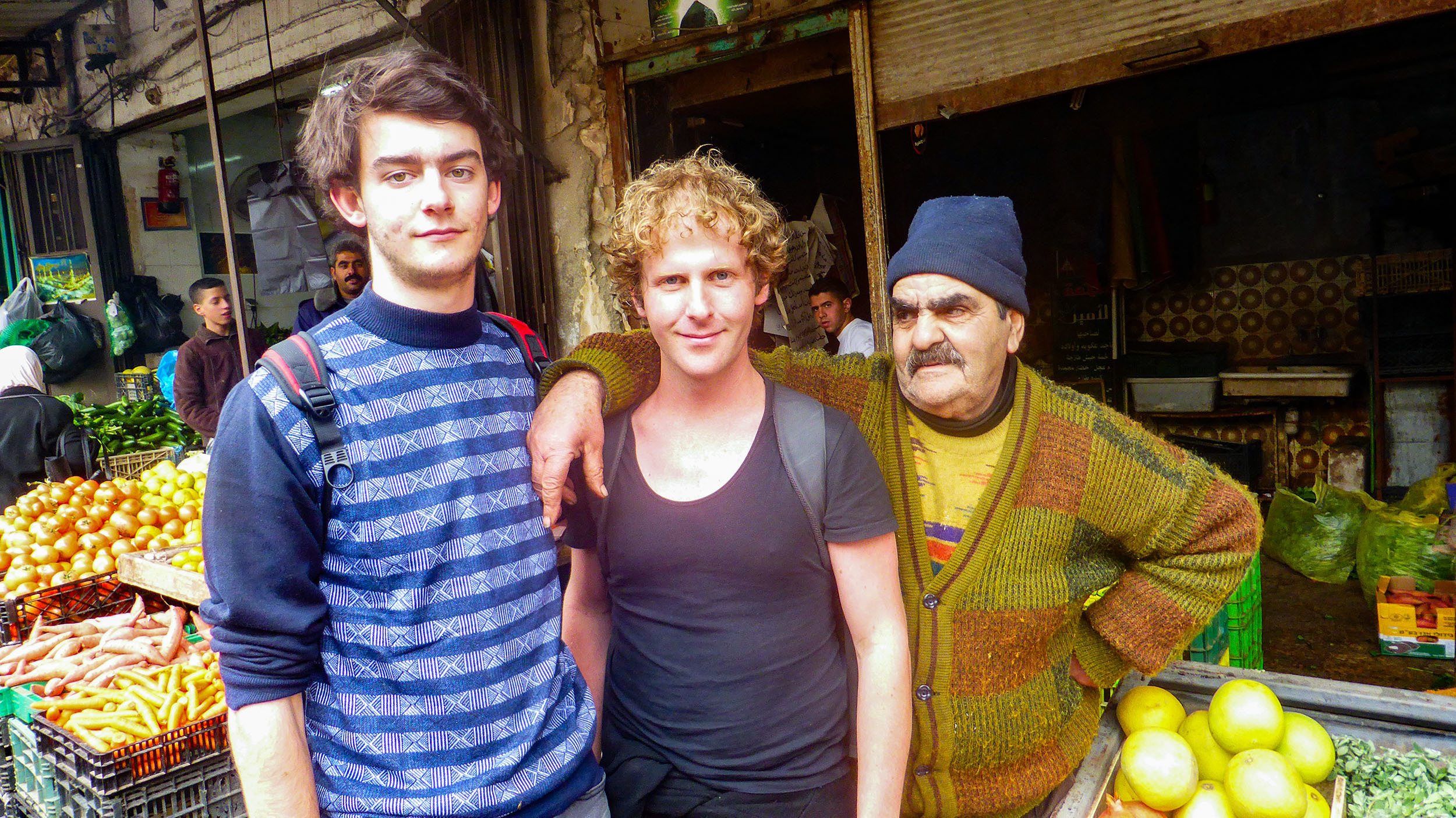
Images of mobs burning Israeli flags and masked fighters roaming streets wielding guns are likely the notion many westerners have of Palestinian hospitality. Sure, these things may occur (perhaps even justifiably according to some), but as a visitor, I was only ever attacked by unconditional care and friendliness, never a victim of hostility.


In cities, towns, villages, and even refugee camps, I was welcomed with open arms. People shared what they had, which often involved great personal sacrifice, though it never felt burdensome to them. Despite the odds, there is a profound sense of community and resilience in their hospitality.
I never felt unwelcome.
2. Discover Noteworthy Holy Sites
As part of the Holy Land, Palestine is home to countless sites of ecclesiastical value to Jews, Muslims and Christians alike.

From the Church of the Nativity in Bethlehem to the sycamore tree climbed by Zacchaeus in Jericho to Mount Gerazim which is believed – by Samaritans – to be the first piece of Earth ever created, a visit to Palestine is taking a walk through the pages of the Holy Bible, the Quran and the Torah.


In fact, the West Bank is the geographic location of ancient Judea and Samaria, making it a pilgrimage of sorts for the spiritually inclined.


The West Bank, which encompasses the ancient regions of Judea and Samaria, holds a special significance for those with a spiritual or historical interest. Walking through the narrow streets of Bethlehem or contemplating life at the ruins of Herod’s palace, I found myself deeply moved by the weight of history surrounding me.
For the religious or the culturally curious, the holy sites of Palestine are unparalleled.
3. Explore an Ancient Land
The first recorded reference to Palestine dates back to Herodotus in the fifth century BC, who described a region between Phoenicia and Egypt. It’s believed by scholars to refer to a coastal region (likely where Israel has existed since 1948). It was then mentioned again, in various forms with diverse borders, at a time after Christ by Aristotle, Plutarch and Josephus, among other notable historical figures.
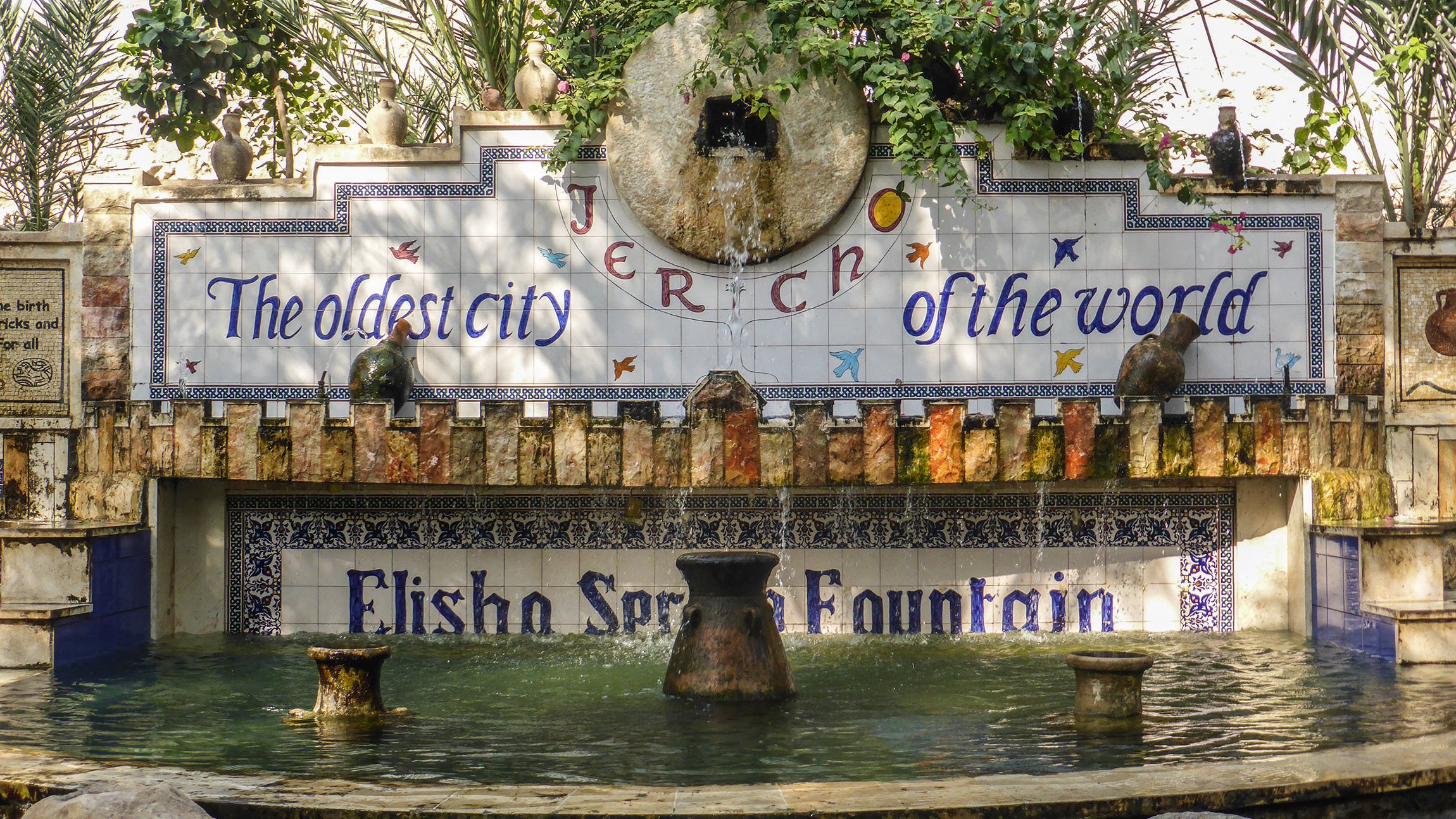
There’s no denying it: Palestine – at least the name - has been around almost since the dawn of mankind.


As for historical borders, well, they’ve reformed over time. Ancient Palestine, part of which is now perceived as a territory, has been multicultural for almost as long as human history has existed.
‘Utopian Palestine’ in a modern context, however, is perhaps better discussed in another genre of article.
4. Savour Flavoursome Fodder
It’s fresh, unadulterated, and tastebud titillating.

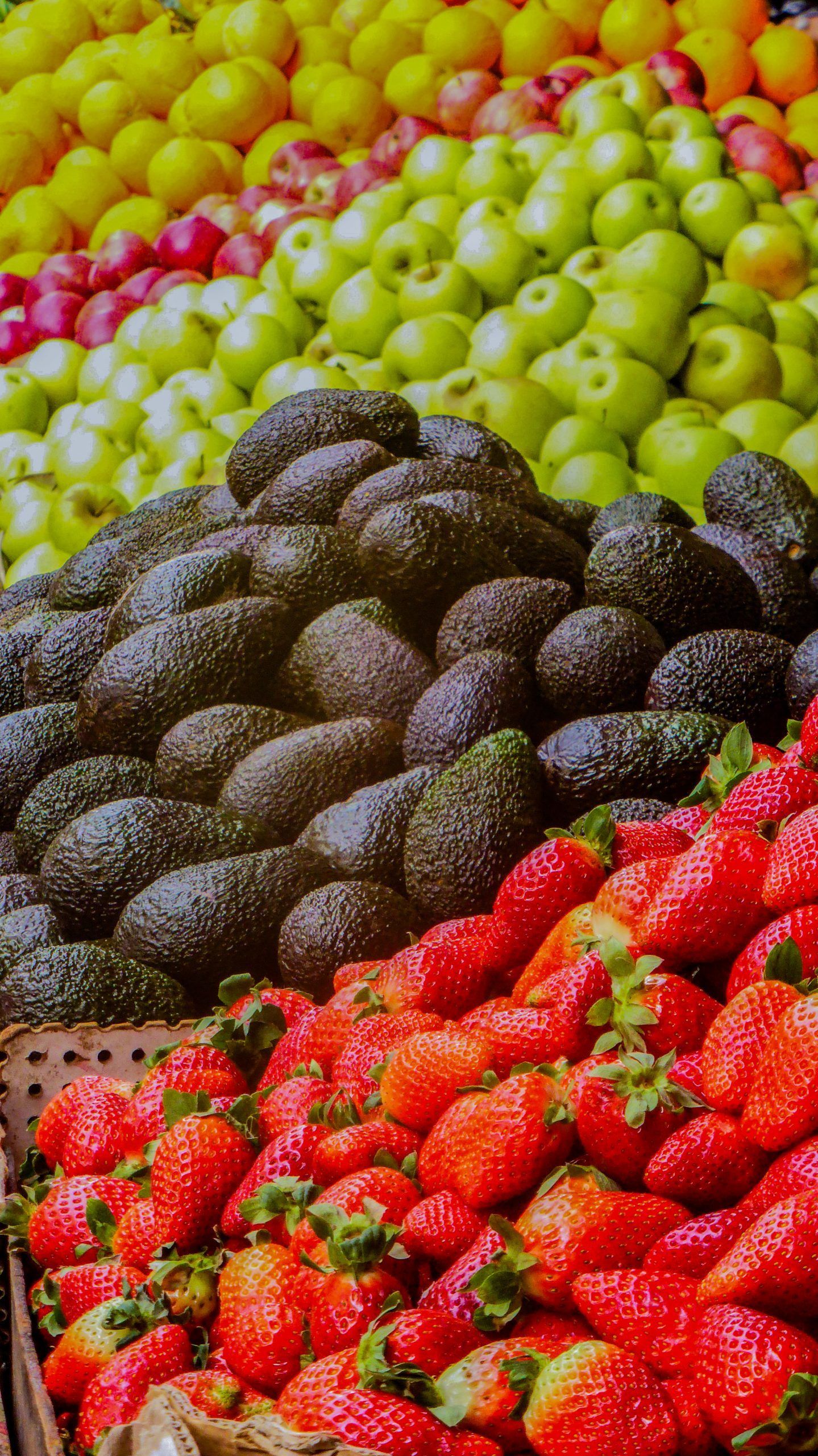

Plucked from a garden minutes before being diced on a cutting board, produce in Palestine doesn’t get much fresher. Then there’s the meat, doused in aromatic herbs, cooked to perfection and served alongside a variety of delectable salads, dips and pita.

Despite a weak economy, there’s no going past one fact: food, to Palestinians, is good for the soul.
A typical breakfast will consist of pita bread with labneh (sour cream), fresh tomato and cucumber, Za’atar (a herb mix) and olive oil, and halloumi and fuul (fava bean stew). Sweet tea accompanies almost every meal.

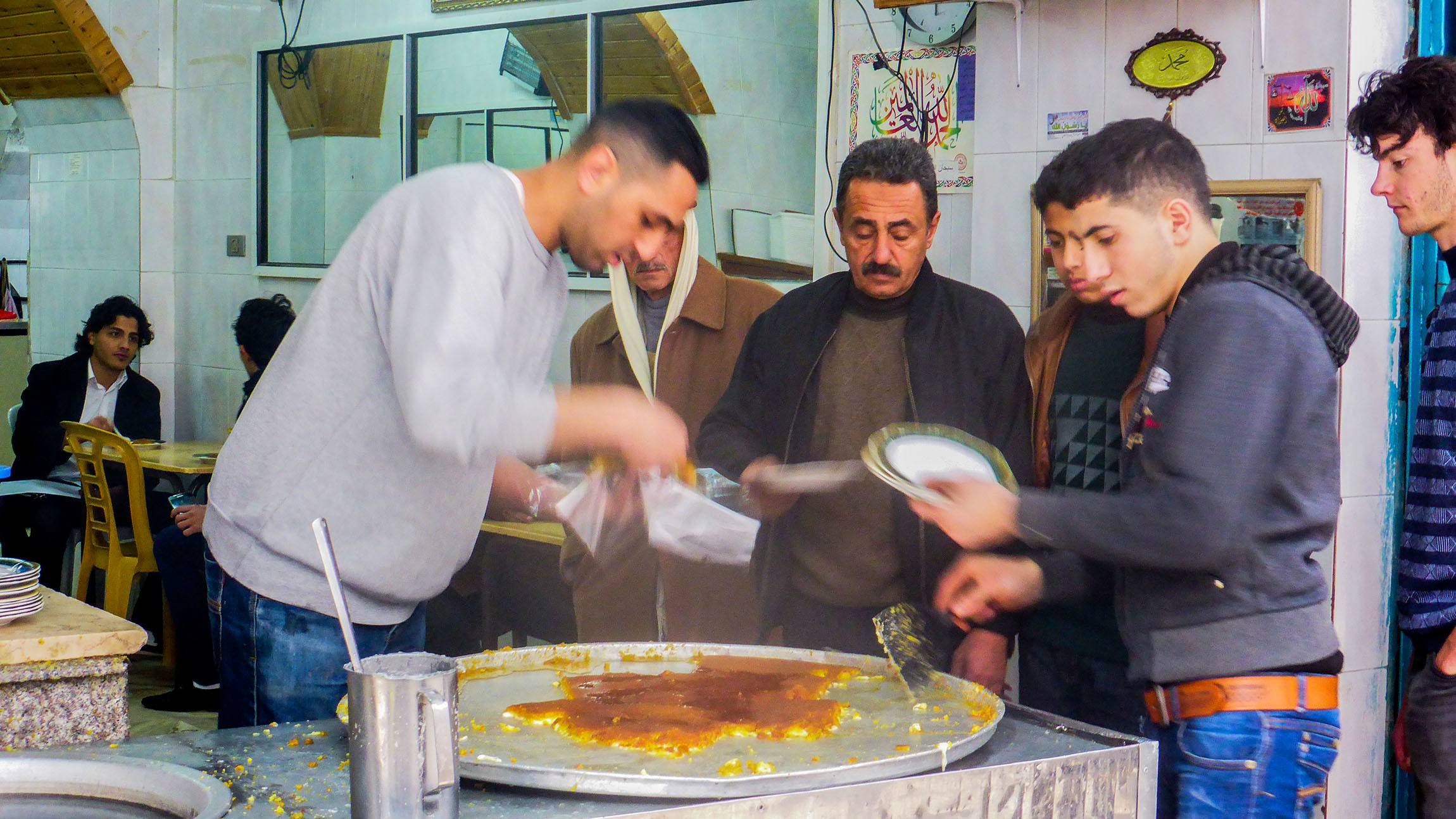
Then there’s falafel, the heart and soul of the Middle East, and certainly a common lunchtime favourite among locals. Shawarma is common, too, as are other noteworthy dishes: Mtabbal, made from aubergine; Malfouf, which is cabbage leaves rolled and filled with meat, rice, spices and garlic; Fattoush, a salad full of freshness; and Maqluba, an ‘upside down’ dish of meat, rice and fried vegetables (originally from Lebanon).
The list continues, but these are a few of the must-try favourites.
5. Learn a Beautiful Language (العَرَبِيَّة)
It’s beautifully textured, rich in diversity, historically imbued and seemingly complex.
Although it’s spoken across the Arab world, Palestine uses a particular dialect: Levantine Arabic, the national vernacular of choice, which is utilised in neighbouring Jordan as well as Syria and Lebanon. Limited by time, I learned only a few useful phrases, but was continually enticed by the exotic intonation of spoken patois.
It’s a language that emerged during the Iron Age, and grew in favour, eventually becoming the lingua franca of the Arab states. It’s now the fifth most widely-spoken language in the world!
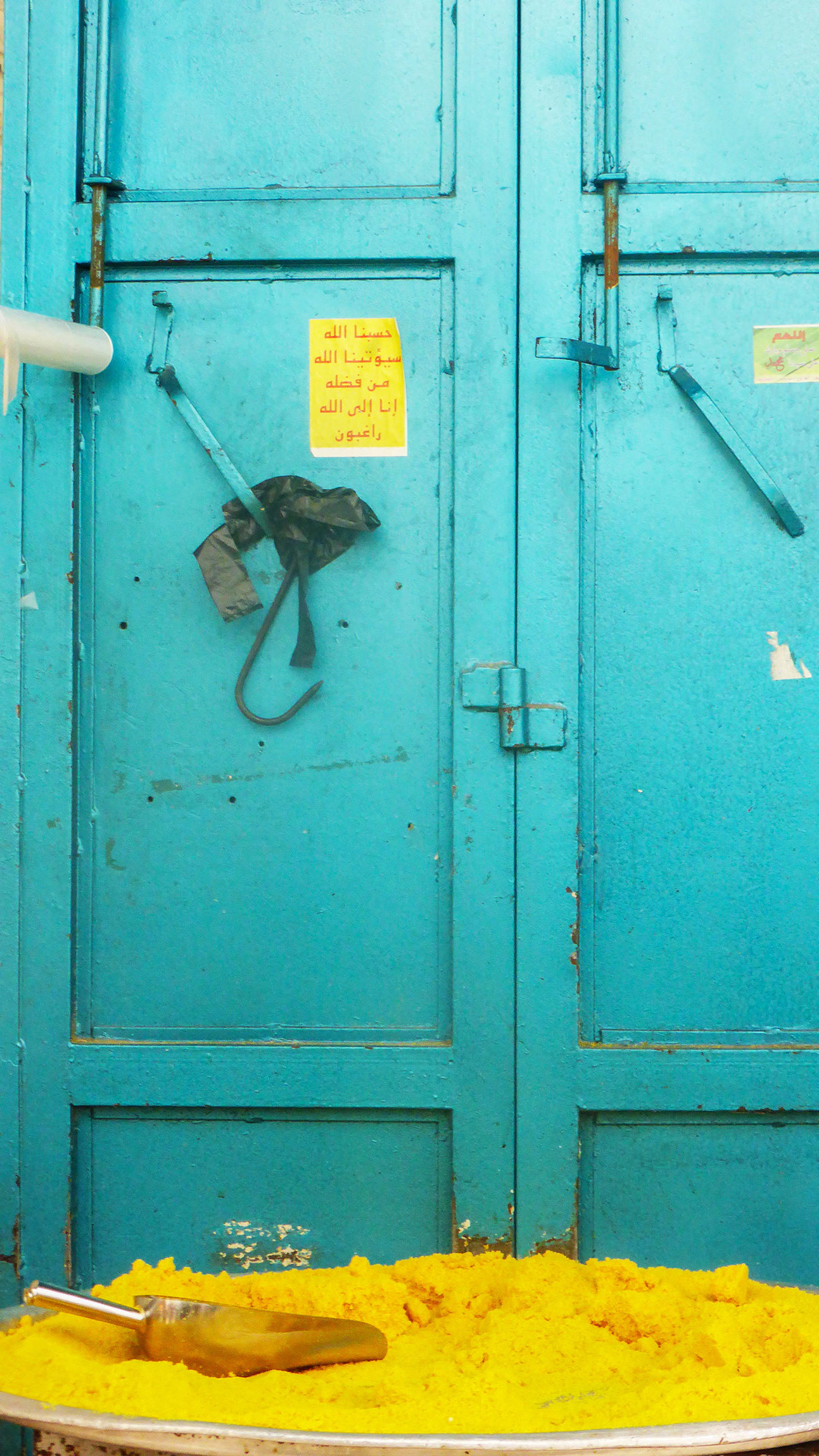

By using a handful of phrases, I started becoming a small part of the communities in which I stayed. Palestinians are very supportive, and I was continually encouraged to speak.
If you do want to learn Arabic, then Palestine would be a great place to begin. Start by learning to step outside the Indo-European box of assumptions we hold close to heart about language structure, and it becomes accessible, more so than you’d think. The grammar is, dare I say, simple.
6. Understand the Reality
The occupation, at least for those who call Palestine home, is inescapable. Walls have been built, divides exist, and social, political and economic blockades create obstacles to equitable access. Refugee camps exist, many operational for 60 years or more, and have evolved into city neighbourhoods complete with houses, shops, small medical facilities and paved streets.


Despite obvious oppression, people go on living, sometimes creating a distraction for visitors like me, especially when you’re sipping tea with homeowners or talking to fresh produce vendors in bustling city-centre markets.


Having the conversation returns you to reality, the inescapable and undeniable truth of Palestine’s tumultuous history. However, without a visit to the heretical place, the complexity of the political and social situation would continue to be black and white.

It’s important, regardless of opinion, to see, smell, taste, touch and hear the convolution that is modern Palestine. A visit will paint a picture for you, as it did me, of the realities that exist for Palestinians, without contamination from western media perspectives.
Practical Tips for Visiting Palestine
Visiting Palestine is a unique and enriching experience, but preparation is key to navigating its complexities.
Getting to Palestine (The West Bank)
Most visitors enter the West Bank via Israel. You can cross at checkpoints from Jerusalem or other Israeli cities. Alternatively, enter through Jordan at the King Hussein/Allenby Bridge border crossing.
While entering the West Bank from Jordan via the King Hussein/Allenby Bridge border crossing is possible, there are specific complexities you should consider if you plan to visit Israel afterward.
1. Visa and Entry Stamps
- No Entry Stamps from Palestine: Israel does not issue Palestinian entry stamps, even if you're entering the West Bank directly. However, entering through the King Hussein/Allenby Bridge involves Israeli security control, and travellers typically receive an Israeli visa stamp or separate entry card.
- Exit Records for Israel: If you later try to enter Israel proper, border agents will be aware of your entry via the West Bank. This can sometimes prompt further questioning, especially regarding your itinerary and purpose of travel.
2. Security and Questioning
- Lengthy Interrogations: Israeli authorities at checkpoints or border crossings may subject you to extensive questioning if you’ve entered the West Bank first, particularly about the places you visited and your reasons for travelling.
- Scrutiny of Activities: Visiting certain areas in the West Bank, such as refugee camps or politically sensitive locations, can draw heightened scrutiny.
3. Restrictions on Movement
- Allenby Bridge Specifics: The King Hussein/Allenby Bridge crossing operates under unique rules compared to other border crossings into Israel. It is primarily intended for Palestinian residents, diplomats, and foreign tourists entering the West Bank, not Israel. Exiting into Israel proper from this crossing may require additional permissions or separate arrangements.
- Limited Hours: This crossing has specific operating hours and days, and it's important to confirm these in advance.
4. Exit and Re-Entry Challenges
- Re-Entering Israel: If you plan to leave Israel and re-enter (e.g., exiting to Jordan and returning), Israeli border authorities may scrutinise your previous movements in the West Bank. It’s important to have clear documentation of your travel plans.
5. Practical Considerations
- Logistical Challenges: Public transport to and from the King Hussein/Allenby Bridge crossing can be limited. You may need to arrange for private transportation on both sides.
- Border Fees: Both Jordan and Israel charge fees for crossing this border, so budget accordingly.
By understanding these potential complexities, you can better prepare. If your itinerary involves visiting Israel after entering the West Bank, it’s often simpler to enter via Israel first (such as going directly from Jordan to Jerusalem via this crossing, then backtracking to the West Bank through Bethlehem).
Staying safe in Palestine (The West Bank)
Stay updated on current conditions and avoid areas experiencing unrest. The West Bank is generally safe for tourists, but caution is always advised.
Best Time to Visit Palestine (The West Bank)
Spring (March–May) and autumn/fall (September–November) offer pleasant weather, ideal for exploring outdoor sites like Jericho and Bethlehem.
Currency in Palestine (The West Bank)
The Israeli shekel (ILS) is widely used in Palestine, so carry cash for markets and smaller establishments.
Respecting Local Customs in Palestine (The West Bank)
When visiting religious sites in Palestine, modest dress is essential to show respect for local customs and traditions. This generally means covering your shoulders and knees, regardless of gender. Women may also be required to cover their hair in certain locations, such as mosques. Loose-fitting clothing is preferred and ensures comfort in the warm climate.
Beyond attire, it’s important to maintain a quiet and respectful demeanour, particularly during prayer times or religious ceremonies.
Conclusion: Should you Visit Palestine?
Should you visit Palestine? Absolutely — but not without understanding the complexities of its history and current situation. It’s a place of contrasts: ancient and modern, hospitable and tumultuous, hopeful and heartbreaking.
Travelling through Palestine offers more than just sights to see — it’s an opportunity to connect with resilient people, savour incredible food, and experience the layers of history that define this land. Beneath the surface of its challenges lies a nation of profound beauty and humanity.


